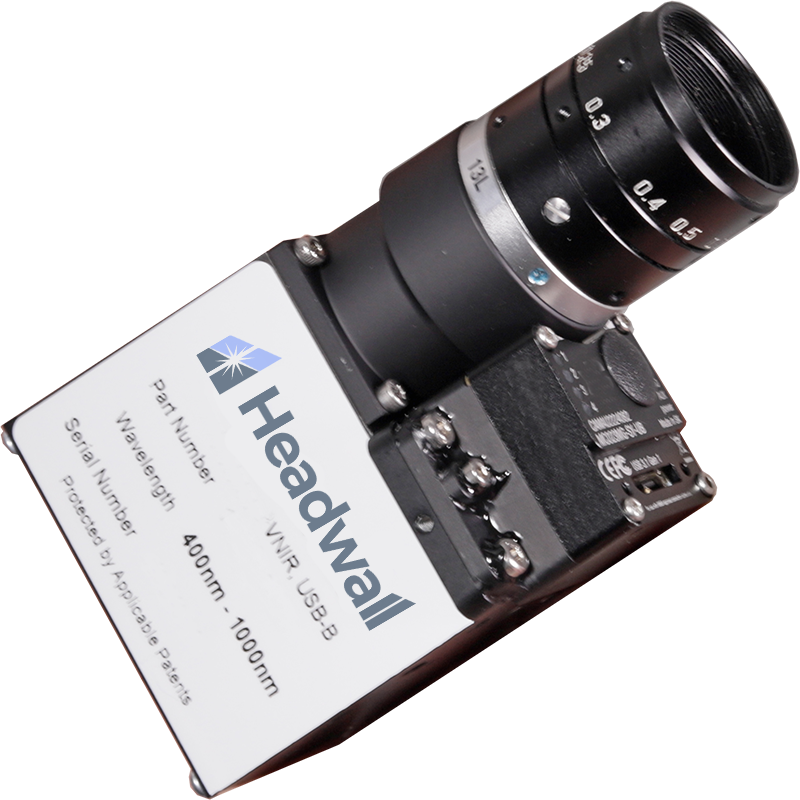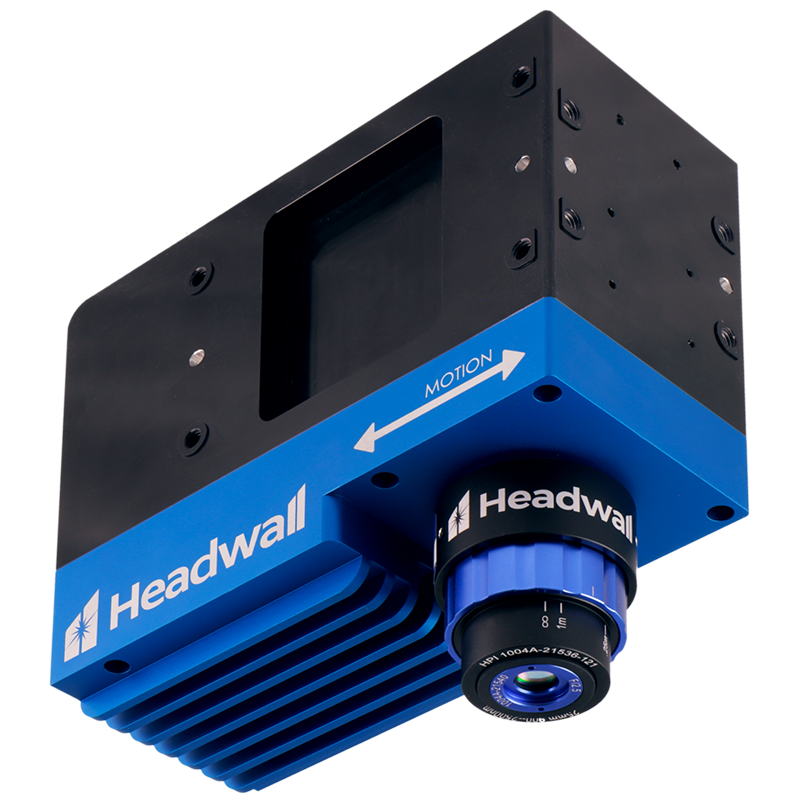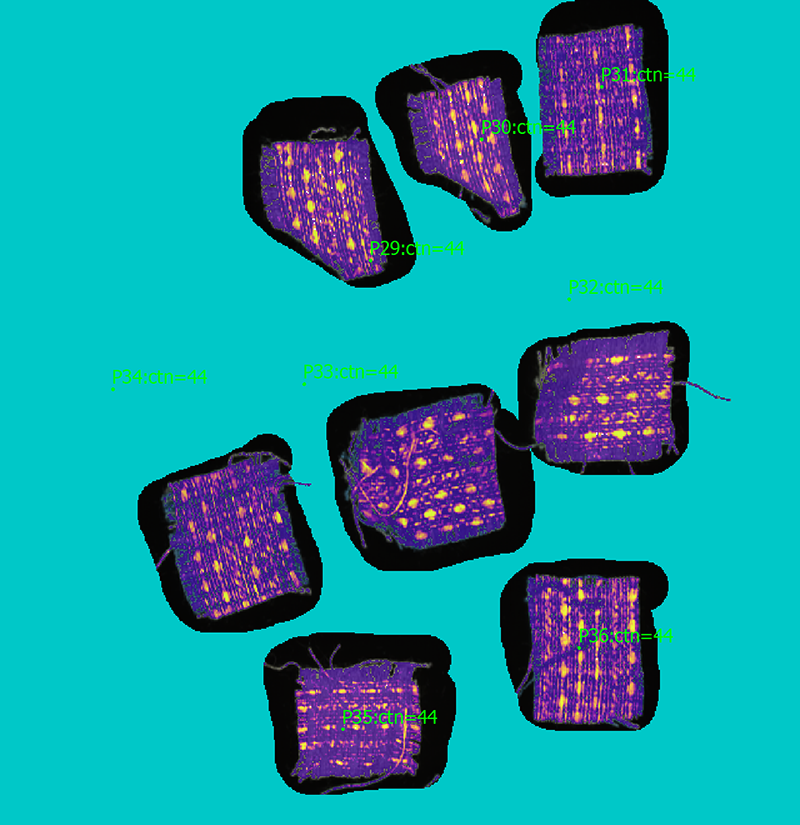Increased Consumer Demand for Higher Quality, Ready-to-Cook Options
Demand for Higher Quality
The meat, poultry, and seafood market was valued at $4.2 trillion USD in 2016, and a growing worldwide population is expected to increase demand.1 Additionally, consumers are increasingly willing to pay a premium for maximum freshness and texture, as well as for “all-natural” call-outs and the “premium” label. In 2018, there was an estimated $1 billion USD in sales of organic and grass-fed beef alone.2 The category of Meat, Poultry, and Seafood leads all other categories in the number of product recalls.3 It’s no wonder that companies are investing in more sensitive inspection solutions when just the direct cost of each recall is estimated to be from $10 million to over $100 million USD, and the indirect cost in damage to brand and reputation many times that.4
Headwall provides application-specific hyperspectral imaging (HSI) sensors and systems designed to be integrated into existing processing facilities. These sensors can be used for grading meat, poultry or fish based on characteristics that may not be detectable by the human eye or may not be measureable by conventional machine vision cameras.
Unlike conventional grayscale or RGB color cameras, Headwall’s hyperspectral sensors capture a wide range of the visible to near-infrared spectrum in extraordinary spectral and spatial resolution.



The Headwall Advantage : Prevent Costly Recalls
- Detect, grade, or both
- Evaluate quality objectively
- Upgradable algorithms
- No or low impact on line speed
Classification schemes for a wide variety of tasks can be developed by training systems that are installed on the production line or installed in adjacent laboratory space. Once a classifier has been developed, it can be uploaded into a smart-camera imaging module to be run on the line. If a better classifier is discovered later, it can easily replace the older one. Automated hyperspectral detection and classification of foreign debris benefits from the very latest and fastest artificial intelligence (AI) and machine learning algorithms.
Benefits of Headwall HSI Technology
Multispectral sensors are limited to a small selection of wavelengths, and most need their hardware and optics to be reconfigured when different wavelengths are required. Headwall hyperspectral sensors benefit from in-house holographic grating fabrication and spectrograph designs that optimize the performance of the spectral module to the job at hand capturing hundreds of wavelengths with narrow bandpasses.
Another important attribute of Headwall’s machine vision systems is reliable operation under the challenging conditions present in food processing environments. Camera systems are IP67 rated, and custom stainless steel enclosures are available for even more extreme situations.
Headwall also offers benchtop laboratory scanning systems to augment systems deployed on the processing line. These compact and intuitive systems enable off-line imaging of samples to improve the algorithms used for product inspection without having to shut down the processing line to run tests.
With systems deployed worldwide, contact Headwall to find out the best solution for your needs. Our systems are used every day in the laboratory, in the field, underwater, in the air, and in space!


View Related Products
Foot Notes
1. “Meat, Poultry and Seafood Market Size, Share & Trends Analysis Report, By Product (Meat, Poultry, Seafood), By Region (North America, Europe, Asia Pacific, CSA, MEA), Competitive Landscape, And Segment Forecasts, 2018-2025”, Grand View Research, April 2018
2. “It’s Prime Time for Premium Proteins”, Winsight Grocery Business, March 2018
3. United States Department of Agriculture – Food Safety and Inspection Service, https://www.fsis.usda.gov.
4. “The Costs of Foodborne Illness, Product Recalls Make the Case for Food Safety Investments”, Food Safety Magazine, June/July 2018 5. “Predicting intramuscular fat content iof pork using hyperspectral imaging”, L.Liu M.O., Ngadi, Journal of Food Engineering 134 (2014) 16-23





